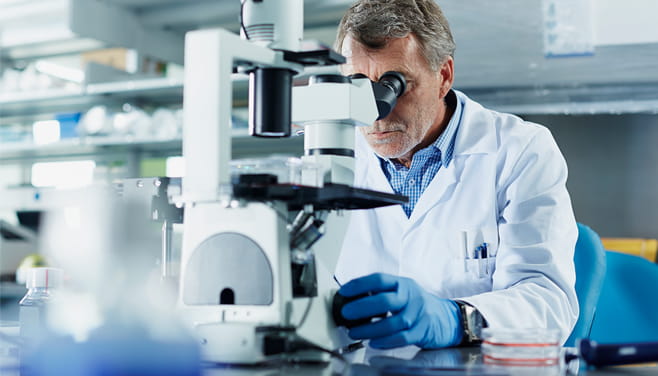Brain Hemorrhage (Hemorrhagic Stroke)
Let Us Help You Find a Doctor
Let Us Help You Find a Doctor
U.S. PATIENTS:713.790.3333
Find a Specialist Near You
Houston Methodist is a national leader in brain hemorrhage diagnosis, treatment and rehabilitation. Our stroke specialists combine decades of expertise with the latest technology to help patients regain independence and a higher quality of life.
The integrated brain hemorrhage specialists on Houston Methodist’s world-class neurology team are leading experts in diagnosing and treating hemorrhagic strokes. As the first comprehensive stroke center in the U.S., we are uniquely equipped to manage even the most complex cases.
Our neurologists and neurosurgeons are on the leading edge of the most innovative diagnostic and treatment approaches, including clinical trial therapies not widely available at other centers. We help patients achieve optimal outcomes through precise, timely care backed by unmatched clinical expertise.
The integrated brain hemorrhage specialists on Houston Methodist’s world-class neurology team are leading experts in diagnosing and treating hemorrhagic strokes. As the first comprehensive stroke center in the U.S., we are uniquely equipped to manage even the most complex cases.
Our neurologists and neurosurgeons are on the leading edge of the most innovative diagnostic and treatment approaches, including clinical trial therapies not widely available at other centers. We help patients achieve optimal outcomes through precise, timely care backed by unmatched clinical expertise.
Diagnosing & Treating Brain Hemorrhages
Find Clinical Trials
Support Groups
Houston Methodist is leading the way in research to find innovative treatment options.
If you’re recovering from the effects of a stroke, you may need some emotional assistance or just someone who understands. Our monthly support group can help.
Choose a Doctor at One of Our Locations
FILTERS:
Clear All Filters


